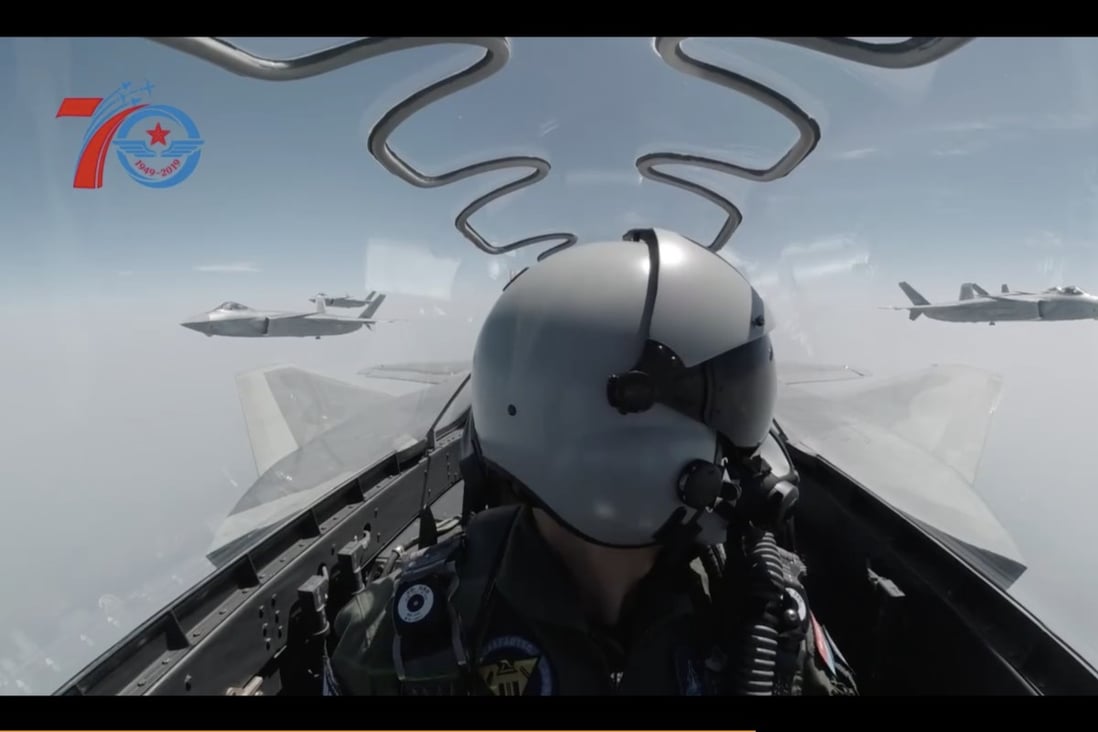Jack Lau

President Xi Jinping has given the Chinese military the ambitious task of transforming itself into a world-class fighting force by mid-century.
Xi, who heads the Central Military Commission (CMC) that oversees the People’s Liberation Army (PLA), says the way to get there is through cutting-edge military technology.
The Strategic Support Force is one of two newest service branches of the PLA and was created in 2015 to be at the heart of the military integration and modernisation plan.
This is what we know about its operations.
What does the Strategic Support Force do?
Chinese state media says the Strategic Support Force uses information to support all of the PLA.
“It integrates the ground, navy, air and rocket forces from beginning to end of an operation,” Communist Party mouthpiece People’s Daily said in 2016, nearly a month since the force’s creation. “That’s the key to winning wars.”
The Strategic Support Force can provide accurate global positioning, monitor surroundings with satellites and ensure that communications are sent and received securely.
It also expands the military’s cyber, electronic and psychological warfare strength and conducts research into how information, data and new technologies can be used in combat.
These technologies include self-regulated, automated facilities that can reduce the PLA’s reliance on personnel, in line with Xi’s call for the military to be ready for warfare that uses artificial intelligence, cloud computing, quantum computing and the Internet of Things.
The force also holds war games to train troops to fight in “new domains” such as cyberspace and outer space, according to China’s 2019 national defence white paper setting out Xi’s vision for the military.
Chinese state media have reported that the Strategic Support Force also gathers intelligence.
Why was the Strategic Support Force created?
The force was established on New Year’s Eve 2015 as part of plans to centralise the PLA’s operational command. Before the overhaul, each service branch – the ground force, the navy and the air force – had their own support units.
As part of the shake-up, the CMC took over the roles of the PLA’s general staff and general political departments. Those departments’ responsibilities for cyberwarfare, space, electronic warfare and psychological operations were transferred to the Strategic Support Force.
The Strategic Support Force runs two military academies, one for aerospace engineering and the other for information engineering.
The PLA Information Engineering University includes majors in cryptography, cybersecurity, big data, AI, navigation and positioning, remote sensing, and drone detection and control, according to its 2022 prospectus.
The PLA Space Engineering University’s prospectus includes classes on intelligence analysis, remote sensing, radar engineering, early warning systems, and weapon launch engineering.
How is the Strategic Support Force structured?
The force has two main functional departments.
The Space Systems Department runs intelligence and communication satellites and conducts remote sensing operations. It also operates several satellite launch centres and training bases in China, including those at Jiuquan, Taiyuan and Wenchang.
It also uses China’s BeiDou satellite navigation system to help in military operations.
The Network Systems Department is the “cyber force” responsible for defending and attacking computer networks, electromagnetic defence and offence, and intercepting signals to collect intelligence.
The Strategic Support Force is also the umbrella for Base 311, a centre for psychological warfare headquartered in Fujian province.
The two functional departments are on the same level as the staff department and headed by lieutenant generals. In other service branches, functional departments are led by lower-ranked major generals and report to the staff department.
This indicates that the Network Systems Department and the Space Systems Department have greater autonomy over their operations than their counterparts in the ground force, navy, air force and rocket force.
Why mainland China is holding military drills in Taiwan Strait following US Speaker Pelosi’s trip
Who runs the Strategic Support Force?
The force is led by General Ju Qiansheng. He has been commander of the force since June 2021, when he was promoted to a full general. Previously, he was in charge of the Network Systems Department.
He is aided by Lieutenant General Hao Weizhong, the force’s deputy commander and chief of the staff department. Hao has a space background, having been stationed at the Taiyuan Satellite Launch Centre for more than a decade, becoming the centre’s commander around 2015.
No comments:
Post a Comment